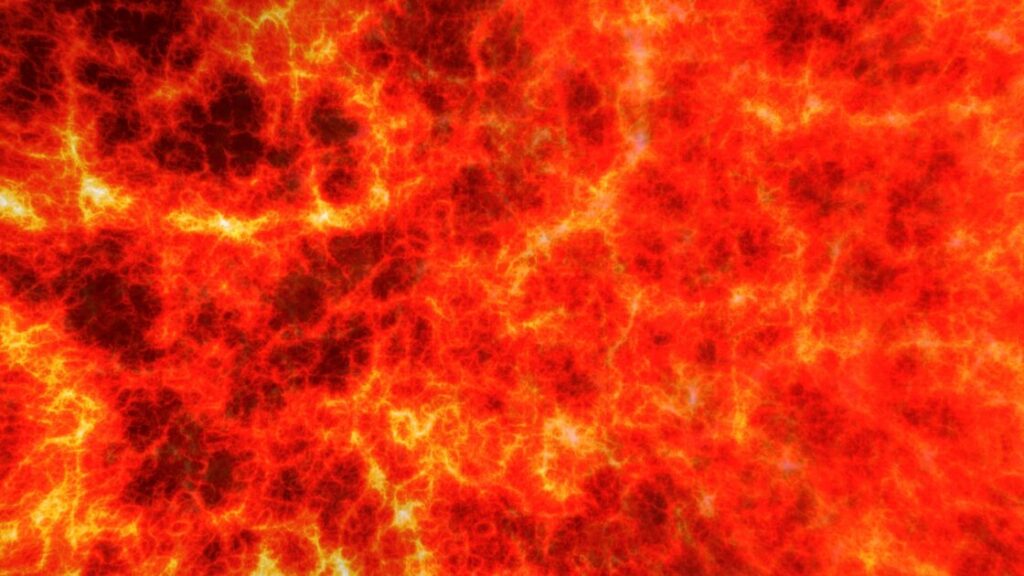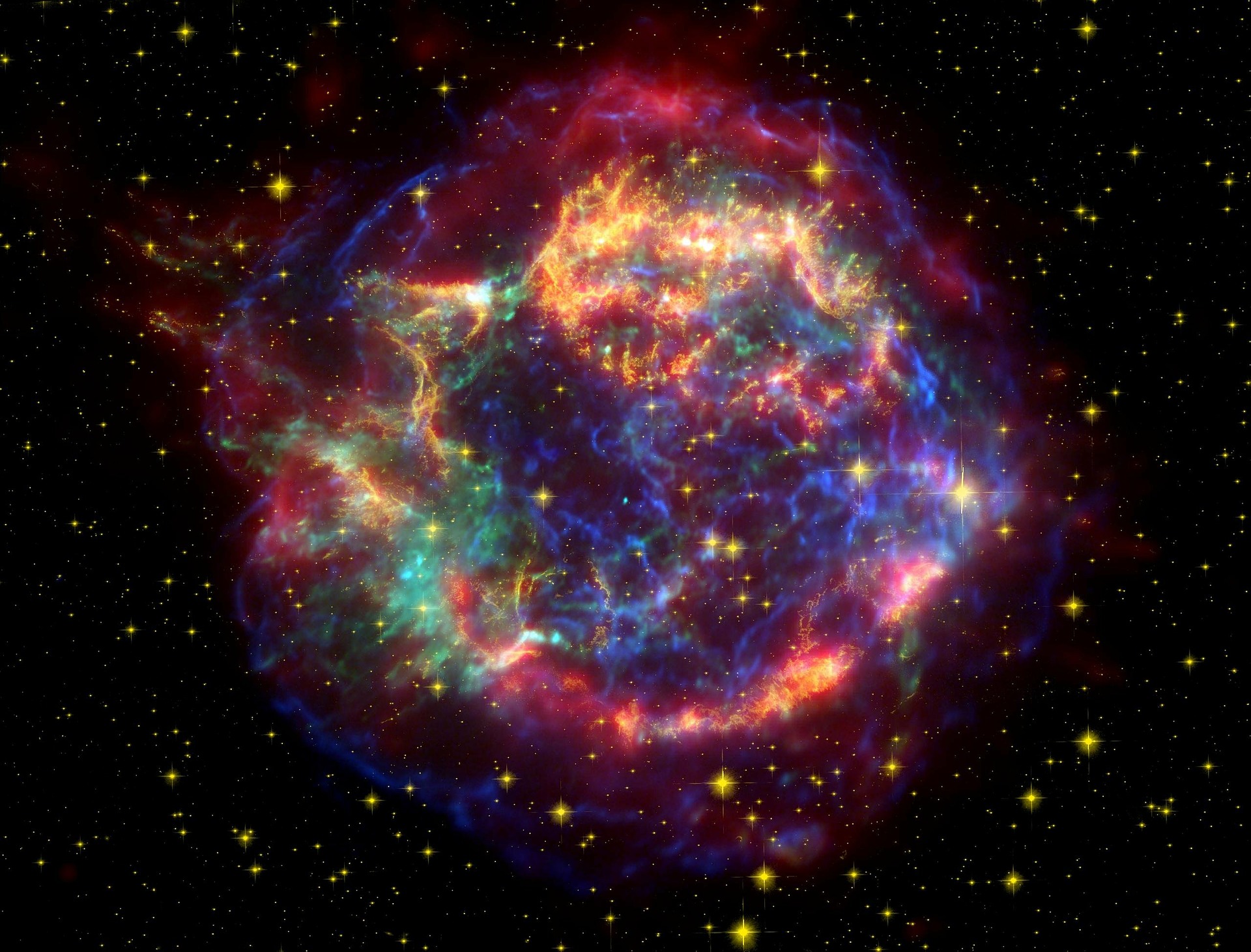Solar Storms: Latest Blast Catches Forecasters off Guard

The most powerful solar storm in nearly six years, catching forecasters by surprise, slammed into Earth on March 24, 2023, peaking as a severe G4 on the 5-grade scale used by the U.S. National Oceanic and Atmospheric Administration (NOAA) to assess the severity of space weather events.
The recent storm’s unexpected ferocity not only made auroras visible as far south as New Mexico in the U.S., but it also forced spaceflight company Rocket Lab to delay a launch by 90 minutes. Geomagnetic storms are disturbances to Earth’s magnetic field caused by solar material from coronal mass ejections (CME) — large expulsions of plasma and magnetic field from the sun’s atmosphere.
It turns out that this particular geomagnetic storm was triggered by a “stealth” CME, which is rather tricky to detect.
On September 1-2, 1859, the most intense geomagnetic storm ever recorded, the Carrington Event, took place, caused by a coronal mass ejection (CME) from the Sun colliding with Earth’s magnetosphere. Auroras were seen around the world, with the phenomenon being visible from the poles to low-latitude areas. The impact of the Carrington Event was widespread. People in the Northeastern United States could read a newspaper by the aurora’s light, while the aurora over the Rocky Mountains in the United States was so bright that the glow woke gold miners who began preparing breakfast because they thought it was morning.
Table 1
Solar Storm History
Data Credits: Agencies
The above table 1 shows that the Carrington Event in 1859 remains the most powerful solar storm ever recorded. Likewise, the Quebec Storm in 1989, which caused widespread power outages and was visible as auroras as far south as Texas. Several severe super storms that occurred in recent years include the one in 2023 that caught forecasters off-guard and caused visible auroras in New Mexico while delaying a Rocket Lab launch.Solar storms can cause significant disruptions to human technology and infrastructure, and scientists continue to study these events to better understand their causes and effects.
NOAA’s National Space Weather Service originally announced a “geomagnetic storm watch” on March 22, to come into effect on 23-25 March with possible moderate G2 storm conditions expected on March 24. So forecasters weren’t completely caught off-guard, they, however, didn’t expect a magnitude G4 storm.
It wasn’t until 00:41 a.m. EDT (0441 GMT) on March 24 that NOAA uprated the warning to a severe G4 storm, which was after a stronger than forecasted G3 storm escalated to a G4 at 12:04 a.m. EDT (0404 GMT).
U.S. space weather forecaster Tamitha Skov explained that the space weather community got it so wrong with this latest storm because “these nearly invisible storms launch much more slowly than eruptive CMEs and are very difficult to observe leaving the sun’s surface without specialized training,” adding that stealth CMEs can also be “camouflaged” by other, more dense structures emanating from the sun, making them difficult to observe.
The surprise G4 storm raises important questions about the current state of space weather prediction and the need for further research and improvements in technology to better detect and forecast space weather events. The reliance on technology and interconnectedness of modern society make it crucial to develop effective strategies for mitigating the impact of future solar storms.

Furthermore, the events of March 24, 2023, highlight the importance of international collaboration in space weather forecasting and mitigation efforts. As space weather events can have global impacts, it is necessary for countries to work together to prepare for and respond to such events.
International cooperation can obviously help to facilitate the sharing of knowledge and resources, as well as the development of coordinated response plans.
But the world has now been facing with escalating tension of war and nations are getting polarized for and against the Russia-Ukraine war, which may overshadow such issues like dealing with solar storms and climate change.
As these are global issues, no singly entity can handle them on its own. Only by improving the overall readiness for solar storms, international cooperation can also help mitigate the potential impact of these events on critical infrastructure. United Nations, the International Atomic Energy Agency, governments and utilities, for example, can work together to develop contingency plans and strengthen power grids to withstand the effects of solar storms.
Another important aspect of international cooperation is the development of early warning systems for solar storms. By working together, countries can establish a global network of satellites and ground-based instruments to monitor the sun’s activity and predict when a solar storm is likely to occur. This information can then be shared with relevant authorities and the public, allowing them to take necessary precautions.
Despite the potential benefits of international cooperation, there are also significant challenges to be addressed. One major obstacle is the lack of political will and funding to support these efforts. In addition, there seems little trust to each other among nations. War mentality has once again prevailed among super powers. Even in such a turmoil, mutual co-operation and collaboration among nations is a must to deal with these catastrophic natural phenomena to prevent everything on the earth from their potential hazards.


